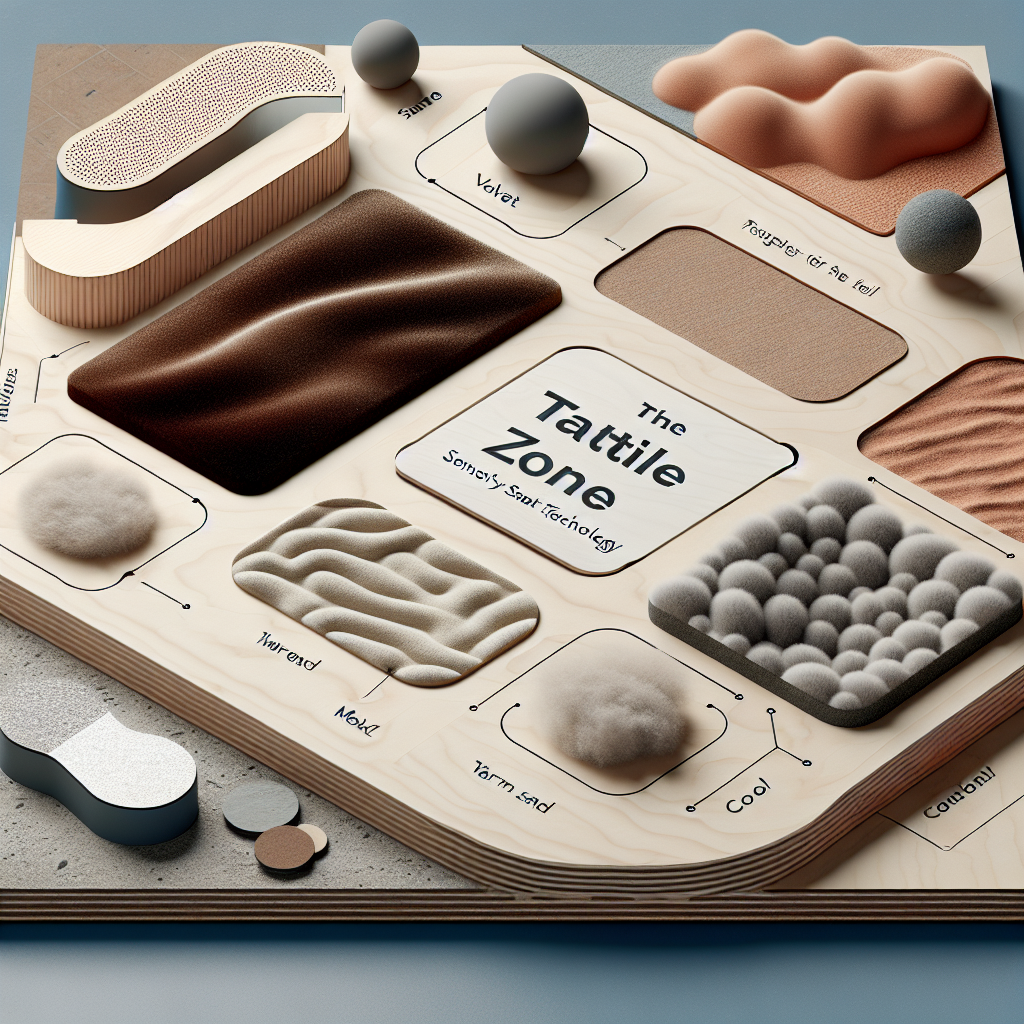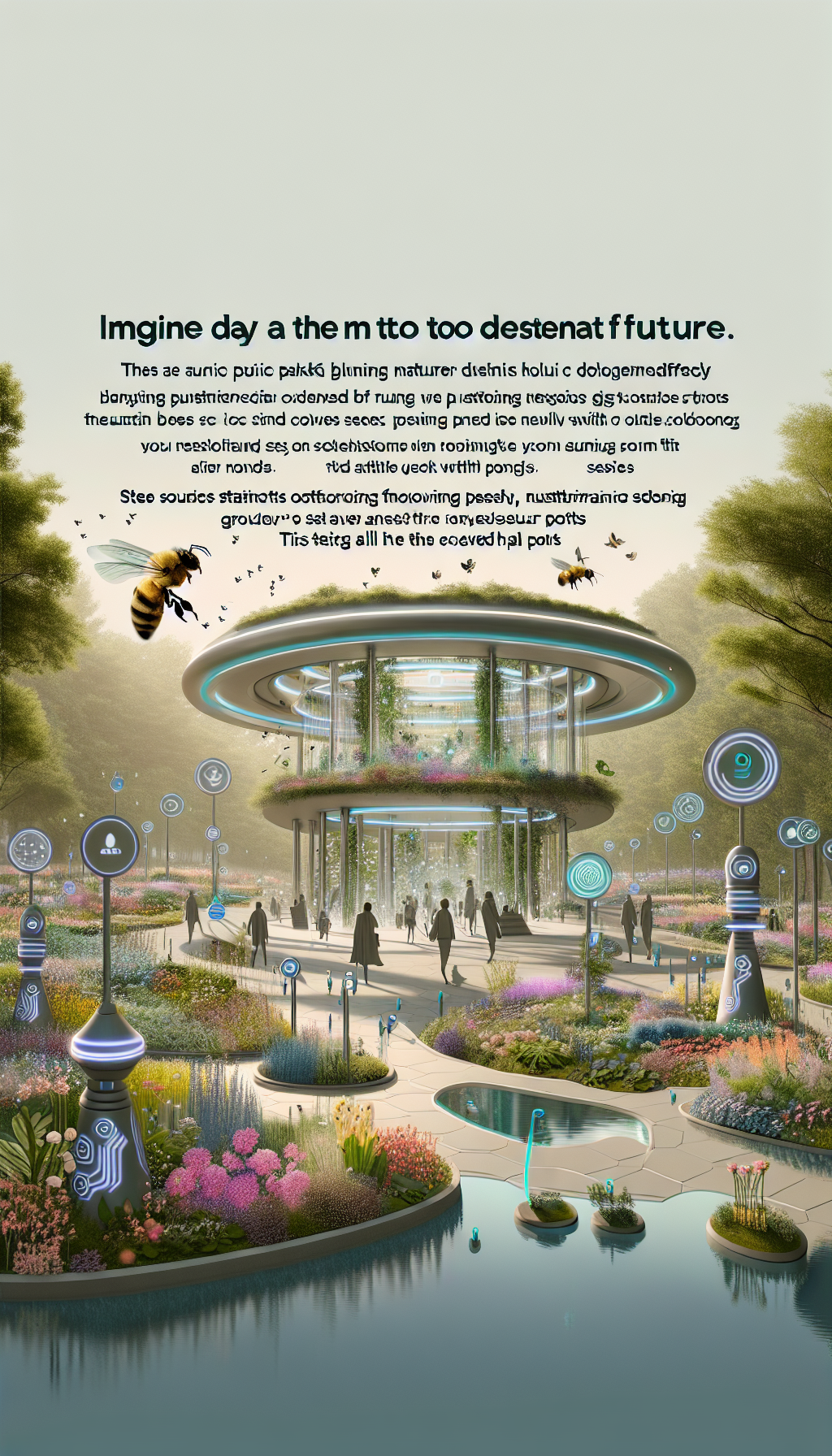In an era where the hustle and bustle of city life can be overwhelming, the need for sensory smart public spaces has never been greater. These spaces, designed with the needs of individuals with sensory processing challenges in mind, are becoming essential for creating inclusive communities that cater to the well-being of all citizens.
Understanding Sensory Health
Sensory health refers to the efficient functioning of our sensory systems, which include sight, sound, touch, taste, and smell, as well as proprioception (body awareness) and vestibular sense (balance). For some individuals, particularly those with sensory processing disorders, autism spectrum disorder, or age-related sensory decline, the everyday sensory environment can be challenging to navigate.
To comprehend the importance of sensory smart spaces, it’s crucial to understand the intricacies of sensory processing and its impact on individuals. The Sensory Health section on Avix Health provides a wealth of information on this topic, offering insights into how sensory health affects daily living and what can be done to support those with sensory health challenges.
The Role of Public Spaces in Sensory Health
Public spaces play a pivotal role in the community, providing an environment for social interaction, leisure, and engagement with the natural world. However, these spaces can sometimes inadvertently exacerbate sensory challenges. The clamor of traffic, the glare of artificial lighting, and the unpredictable nature of crowded areas can lead to sensory overload for some individuals.
Creating sensory smart public spaces involves designing environments that are considerate of these challenges. These spaces aim to provide a calming and navigable experience for all users, incorporating elements that reduce sensory overload while also allowing for stimulation that is under the user’s control.
Key Features of Sensory Smart Public Spaces
A sensory smart public space can include various design elements that cater to different sensory needs:
- Acoustic Modifications: Use of sound-absorbing materials and strategic placement of water features to create a soothing auditory environment.
- Visual Considerations: Implementation of non-glare surfaces, subdued color schemes, and natural lighting to ease visual processing.
- Tactile Zones: Incorporation of varied textures and materials that can be engaged with or avoided, depending on individual preference.
- Olfactory Controls: Designing spaces with natural scents and avoiding the use of strong artificial fragrances to prevent olfactory discomfort.
- Spatial Awareness: Creating clear paths of movement, using landmarks for orientation, and providing areas of retreat for those who need a break from sensory stimuli.
Integrating Sensory Health into Public Design
The integration of sensory health considerations into public design is not just about creating separate spaces for those with sensory processing disorders; it’s about rethinking the way all public spaces are designed to be more inclusive. Architects and designers are now recognizing the importance of sensory-friendly design in architecture and interior design, which you can explore in detail here.
Benefits of Sensory Smart Public Spaces
The benefits of sensory smart public spaces extend beyond individual well-being. They can have a profound impact on community health and social cohesion. By creating spaces that are comfortable for individuals with sensory sensitivities, communities become more inclusive. This inclusivity can lead to increased participation in public life by individuals who might otherwise avoid these settings.
Furthermore, sensory smart spaces can serve as a refuge for anyone seeking respite from the sensory demands of urban environments, not just those with diagnosed sensory processing issues. This is particularly relevant as our understanding of the link between sensory health and overall well-being deepens.
External Resources for Designing Sensory Smart Spaces
Incorporating sensory smart design requires research and an understanding of best practices. Here are some high-quality, niche resources that can provide further guidance:
- The Sensory Trust’s guidelines for inclusive design, available at Sensory Trust.
- The Center for Universal Design’s principles, which can be found at The Center for Universal Design.
- Research articles on sensory design in public spaces, such as those found in the Journal of Urban Design.
Addressing Sensory Overload
Sensory overload can significantly impact individuals with heightened sensitivity. Strategies to cope with sensory overload are critical for these individuals to participate fully in public life. Avix Health offers insights into understanding sensory overload and strategies to cope, which can be found here.
Innovations in Sensory Health Technology
Advancements in technology have the potential to greatly enhance the accessibility of public spaces for those with sensory sensitivities. Innovations in sensory health technology, discussed in detail here, include apps that can help individuals navigate sensory smart spaces or devices that can modulate environmental stimuli to reduce sensory overload.
The Future of Public Spaces
The future of public spaces is one that embraces diversity in sensory experiences and recognizes the importance of designing for all members of the community. As we move forward, the integration of sensory health considerations in public design can pave the way for more empathetic and human-centric urban development.
Creating sensory smart public spaces is more than a trend; it’s a necessary evolution in the design of our communities. By fostering an environment that is attuned to the sensory needs of its users, we can build a more inclusive society that values the well-being of every individual.



